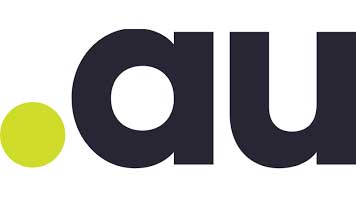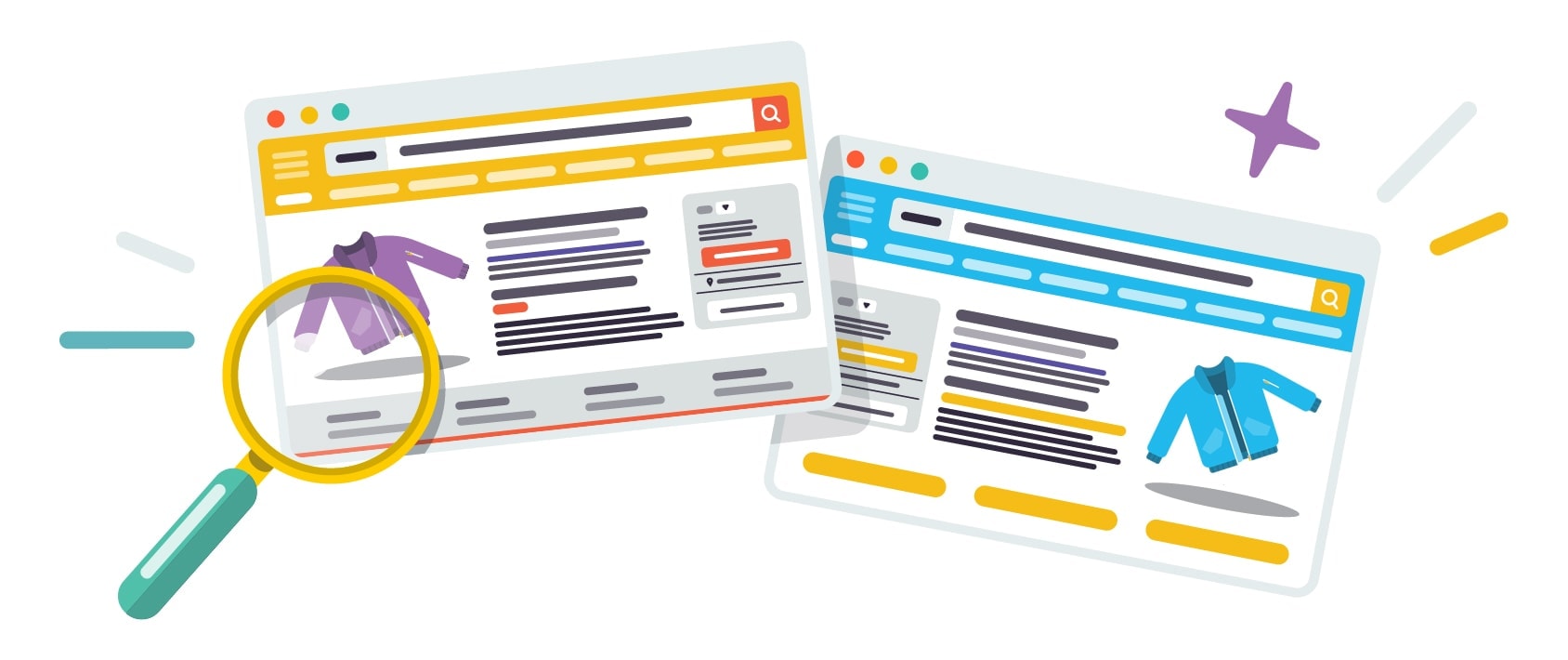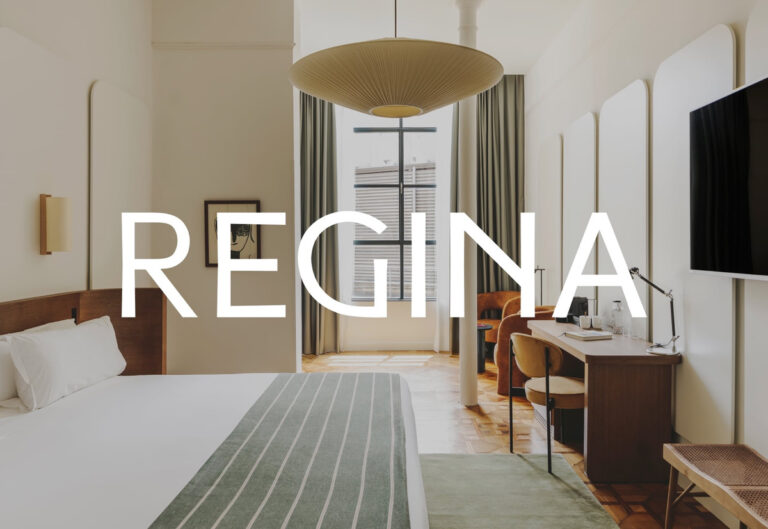# How to Start Your Own Clothing Line: A Step-by-Step Guide
Do you have a passion for fashion and dream of launching your own clothing brand? Whether you envision a simple line of printed apparel or a fully custom cut-and-sew collection, this guide will help you navigate the complex process of starting a clothing manufacturing business.
Drawing on insights from industry experts—including crowdfunding success stories, private label wholesalers, pattern makers, and textile factories—this guide provides a step-by-step roadmap to help you launch your clothing line, regardless of your budget or level of experience.
## Choosing Your Clothing Line Business Model
Before diving into production, you’ll need to decide on the best business model for your brand. The three most common models are:
1. **Print-on-Demand** – Ideal for those with a low budget and minimal involvement in production. This model allows you to print designs on blank apparel as orders come in, eliminating the need for inventory.
2. **Wholesale/Private Label** – You purchase pre-made clothing from manufacturers and sell it under your brand. This model requires some upfront investment but offers more control over branding.
3. **Custom Cut & Sew** – The most involved and expensive option, where you design and manufacture clothing from scratch. This model provides complete creative freedom but requires significant time and capital.
### Factors to Consider When Choosing a Business Model
– **Budget** – Print-on-demand can be started with as little as $100, while custom cut-and-sew lines often require $10,000 or more.
– **Time Commitment** – Print-on-demand requires minimal effort, while custom manufacturing involves months of development.
– **Creative Control** – Custom manufacturing gives you full design control, whereas print-on-demand and wholesale options are more limited.
– **Target Market** – Consider your ideal customer’s preferences, price sensitivity, and demand for unique designs.
## Developing Your Clothing Brand Identity
A strong brand identity is essential for standing out in the competitive fashion industry. Focus on these key elements:
1. **Niche Selection** – Target a specific audience to differentiate yourself. For example, instead of selling generic hoodies, consider specializing in eco-friendly streetwear or fitness apparel.
2. **Design & Quality** – Your designs should resonate with your target market, and quality should be a priority to encourage repeat customers.
3. **Branding & Storytelling** – Your brand should have a compelling story that connects with customers emotionally.
## The Clothing Production Process
If you choose the **custom cut-and-sew** model, here’s what the production process looks like:
### 1. **Designing Your Collection**
– Start with sketches or digital illustrations.
– Work with a designer to refine your concepts.
### 2. **Creating Tech Packs & Patterns**
– A **tech pack** is a blueprint for your garment, detailing measurements, materials, and construction methods.
– A **pattern maker** will create templates for cutting fabric.
### 3. **Sourcing Materials**
– Find fabric suppliers that align with your quality and sustainability goals.
– Choose trims, zippers, and other materials.
### 4. **Sampling & Prototyping**
– Work with a manufacturer to create sample garments.
– Test fit, comfort, and durability before moving to full production.
### 5. **Full-Scale Production**
– Once samples are approved, place a bulk order with your manufacturer.
– Maintain quality control throughout the process.
## Branding Your Clothing & Packaging
Your brand extends beyond the clothes themselves—it includes packaging, labels, and the unboxing experience.
### Branding Elements:
– **Clothing Labels & Tags** – Custom woven labels, printed tags, or leather patches add a premium touch.
– **Branded Packaging** – Use custom shipping boxes, tissue paper, and stickers to enhance the unboxing experience.
– **Personalized Notes & Freebies** – Small gestures like thank-you cards or discount coupons can boost customer loyalty.
## Setting Up Your Online Store
A well-designed online store is crucial for showcasing your brand and driving sales. **Shopify** is a top choice for ecommerce due to its ease of use and integration with print-on-demand services.
### Key Steps:
1. **Choose a Theme** – Select a Shopify theme optimized for fashion brands.
2. **Upload High-Quality Product Photos** – Professional images enhance credibility and attract buyers.
3. **Write Compelling Product Descriptions** – Highlight fabric quality, fit, and unique features.
4. **Set Up Payment & Shipping Options** – Decide on pricing, shipping rates, and return policies.
## Creating a Shipping Strategy
Shipping can make or break your customer experience. Consider the following:
– **Flat-Rate vs. Free Shipping** – Offering free shipping at a certain order value can increase conversions.
– **International Shipping** – Be transparent about customs and duties fees.
– **Returns & Exchanges** – Clearly outline






